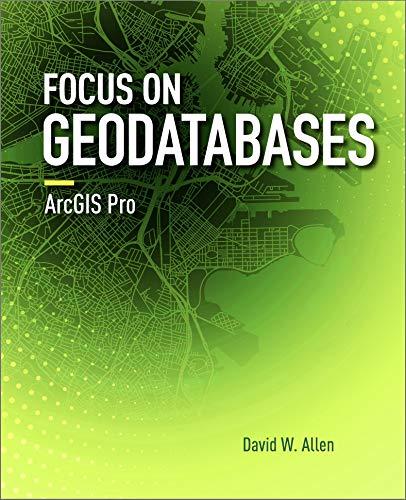Question
Section 1: Semantics Given the following arguments, determine if they are valid or invalid. You may use either the shorten method/partial truth table method, or
 Section 1: Semantics Given the following arguments, determine if they are valid or invalid. You may use either the shorten method/partial truth table method, or a complete truth table. If the argument is invalid, please provide the interpretation that shows it is invalid. (5 points each) 1. F ? P, ~F ? ~P 2. ~A & B ? ~(A v B) v C 3. A ? (B & E), D ? (A v C), ~E ? D ? B 4. A ? (P ? (C ? R)), A & C, C ? P ? ~P ?? (R & ~R) Section 2: Proof Theory (syntax) Please prove that each sequent is equivalent by giving two proofs; one from left to right and another from right to left. Thats 6 proofs in total. (25 pts for each problem set) 5. ~P ? ~Q -| |- Q ? P 6. P v Q -| |- ~P ? Q 7. ~(P & Q) -| |- ~P v ~Q Extra Credit. (This proof is difficult. Attempt at your own risk. Attempt only after finishing the exam.) Prove in both directions. No partial credit. 20 pts for the correct proofs. A ? (B v C) -| |- (A ? B) v (A ? C)
Section 1: Semantics Given the following arguments, determine if they are valid or invalid. You may use either the shorten method/partial truth table method, or a complete truth table. If the argument is invalid, please provide the interpretation that shows it is invalid. (5 points each) 1. F ? P, ~F ? ~P 2. ~A & B ? ~(A v B) v C 3. A ? (B & E), D ? (A v C), ~E ? D ? B 4. A ? (P ? (C ? R)), A & C, C ? P ? ~P ?? (R & ~R) Section 2: Proof Theory (syntax) Please prove that each sequent is equivalent by giving two proofs; one from left to right and another from right to left. Thats 6 proofs in total. (25 pts for each problem set) 5. ~P ? ~Q -| |- Q ? P 6. P v Q -| |- ~P ? Q 7. ~(P & Q) -| |- ~P v ~Q Extra Credit. (This proof is difficult. Attempt at your own risk. Attempt only after finishing the exam.) Prove in both directions. No partial credit. 20 pts for the correct proofs. A ? (B v C) -| |- (A ? B) v (A ? C)
Step by Step Solution
There are 3 Steps involved in it
Step: 1

Get Instant Access to Expert-Tailored Solutions
See step-by-step solutions with expert insights and AI powered tools for academic success
Step: 2

Step: 3

Ace Your Homework with AI
Get the answers you need in no time with our AI-driven, step-by-step assistance
Get Started


